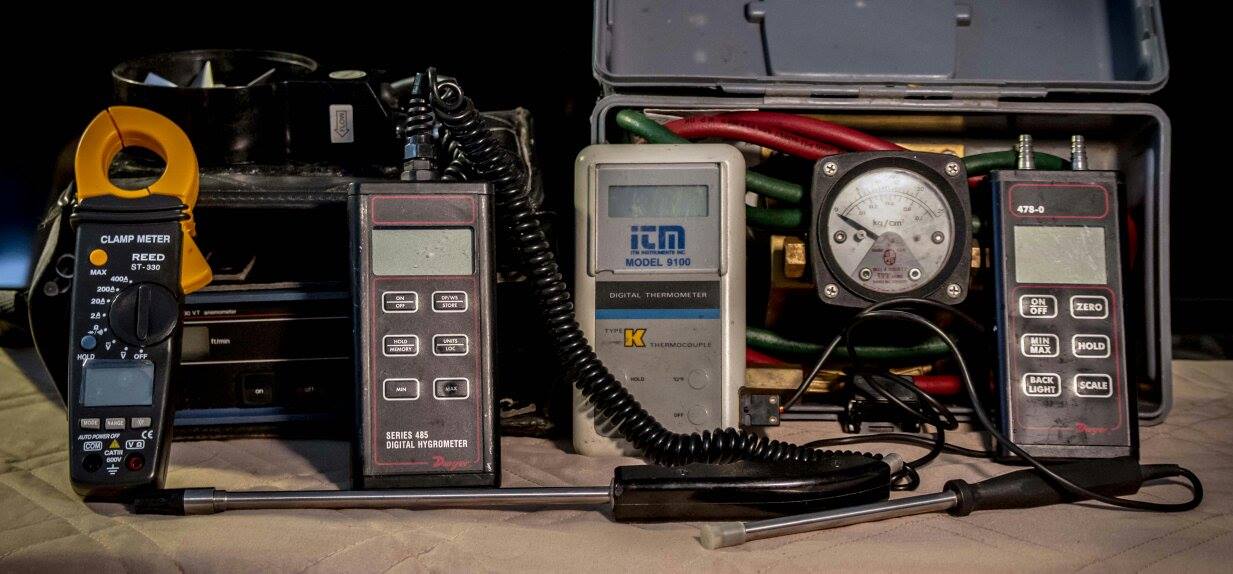Oral presentation of this page. Click here.
Laboratory Control

Laboratory control speaks to laboratory systems and how do laboratories work.
This site explains laboratory equipment used for temperature, pressure and relative humidity control. The operating relationship of supply air to and exhaust air from the laboratory must be considered.
The laboratory should be kept between 68 F and 72 F dry bulb temperature, 35% to 50% relative humidity and be at a negative pressure relative to adjacent areas.
To clarify, a negative pressure results in air flow from corridors and offices into the laboratory, where it is then exhausted to outside.
There should be 1 to 1.5 cubic ft per minute (cfm) of supply air per square foot floor area at 60 F to provide adequate cooling for the laboratory.
If the exhaust systems are of the constant air volume type, the supply air will be provided at a constant volume and be reheated to provide for comfort conditions. Remember for the laboratory to be at a negative pressure there must be more exhaust air than supply air.
If the exhaust systems are of a variable air volume type the supply air must track the exhaust air volume. In other words, once again the supply air must always be less than the exhaust air,to maintain a negative pressure in the laboratory.
It is usual that return air systems be incorporated into the variable air volume design.
Laboratories are usually equipped with air system reheat coils, perimeter radiation heating systems or ceiling radiant heating panels.
Fumehood terms are given.
Laboratory exhaust systems may be:
Return from Laboratory Control to Homepage
Hard copy and E book for sale. Introduction to Building Mechanical Systems. Click here.


